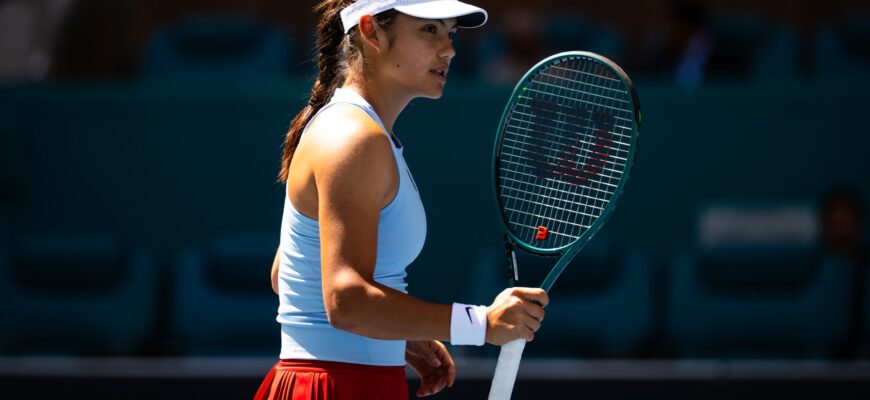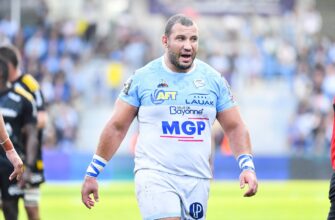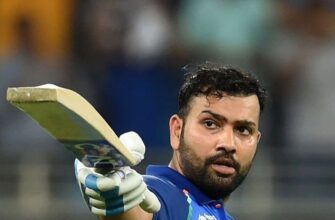In the world of professional tennis, the narrative often focuses on spectacular victories, nail-biting rallies, and the relentless pursuit of Grand Slam glory. Yet, behind the gleaming trophies and cheering crowds, there’s a much more fundamental battle being waged daily by athletes: the fight against physical and mental attrition. Emma Raducanu`s recent retirement from the Wuhan Open is a stark, public reminder of this less glamorous reality.
The Unbearable Weight of Humidity in Wuhan
Facing Ann Li in her opening match at the prestigious Wuhan Open, Raducanu found herself not just battling an opponent, but an invisible, insidious adversary: the suffocating humidity of central China. As the match progressed, it became visibly clear that the young British star was struggling. Dizziness, a common symptom of heat exhaustion, began to manifest, her movements becoming increasingly labored. Down 6-1, 4-1, after a necessary medical timeout, the difficult decision was made to retire. It`s a choice no competitor wishes to make, a concession to conditions rather than a concession to a superior game plan. For Raducanu, whose career has seen its share of injury interruptions, this withdrawal adds another layer of complexity to her ongoing journey.
A Recurring Theme: The Asia Swing`s Demands
Raducanu`s experience in Wuhan is far from isolated. Her retirement is merely the latest in a series of withdrawals and mid-match retirements that have plagued the “Asia swing” – a notoriously demanding stretch of the tennis calendar. The very term “swing” implies fluidity and ease, but for players, it often translates into a grueling succession of tournaments across vast distances, contending with drastic time zone changes, varying court surfaces, and, critically, diverse and often extreme weather conditions. Six-time Grand Slam champion Iga Swiatek, among others, has been vocal in her critique of the “overwhelming” tennis schedule, articulating a sentiment shared by many in the locker rooms: the tour’s structure, while designed for spectacle, often compromises player well-being.
“It was a tough match last time, so hopefully she feels better. I`m happy with my performance, I stayed pretty solid for the entire match.” – Ann Li, Emma Raducanu`s opponent.
Ann Li`s statement, while gracious in its well-wishes for Raducanu`s recovery, underscores the inherent sportsmanship that often prevails, even in moments of competitive advantage. It`s a subtle acknowledgement of the shared struggles players endure on tour, a nod to the fact that today`s opponent might be tomorrow`s colleague facing similar challenges.
The Bigger Picture: Balancing Ambition with Health
For players like Raducanu, every match, every tournament carries significant weight. Beyond the immediate prize money and ranking points, there`s the strategic goal of maintaining a high enough position to secure advantageous seeding in major events. For instance, Raducanu`s stated ambition to remain in the top 32 for a seeded spot at January`s Australian Open is a tangible objective. However, the path to achieving such goals is paved with physical risks. Pushing through severe fatigue or early symptoms of heatstroke not only risks exacerbating immediate health issues but can also lead to more serious, long-term injuries, potentially curtailing promising careers. The irony is not lost on observers: the very system designed to elevate the sport’s stars also inadvertently puts them in harm`s way.
The question then arises: where does the responsibility lie? With the players themselves, to manage their bodies and schedules? Or with the tour organizers, to craft a more humane calendar that prioritizes athlete health over commercial expansion? It`s a complex equation with no easy answers, but incidents like Raducanu`s in Wuhan serve as critical data points, urging a re-evaluation.
Looking Ahead: Recovery and Reassessment
The immediate future for Emma Raducanu remains somewhat uncertain. Whether she will compete in other planned China events this month is unclear, a decision that will undoubtedly be made with her medical team, balancing her Australian Open aspirations with the need for full recovery. Her resilience, a quality she has demonstrated repeatedly throughout her young career, will be tested once more. However, beyond Raducanu`s individual journey, her Wuhan retirement highlights a collective challenge for professional tennis – a constant negotiation between the spectacle of elite competition and the fundamental well-being of its most valuable assets: the athletes.
As the tennis world continues its global circuit, the conversations sparked by such incidents are crucial. They serve as a vital, if uncomfortable, reminder that even the most formidable athletes are human, susceptible to the same physical limitations as anyone else, and that the “game” extends far beyond the baseline.







